The project explains how the type of mesh can influence the results obtained for the mixing of flow in a pipe. The simulation is done on a cloud-based CAE platform called SimScale. The link to the project is here.
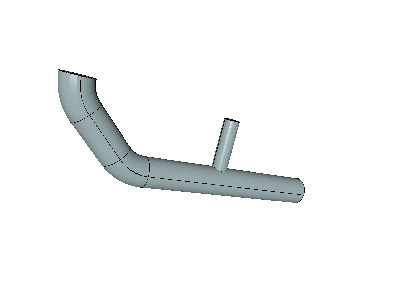
The pipe flow geometry, originally uploaded by the SimScale Staff, available in the public projects.
For this internal flow problem, a Hex-dominant parametric mesh is used. Two types of meshes are created for the problem - a coarse mesh ( which accommodates all the features of the geometry) and a fine mesh ( by increasing the fineness).
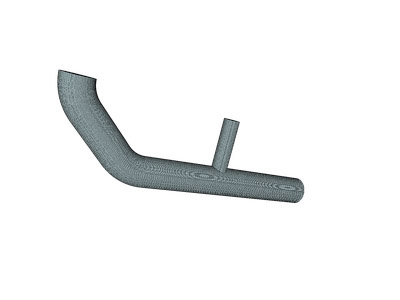
Coarse mesh ( Fineness : 1-Very coarse)
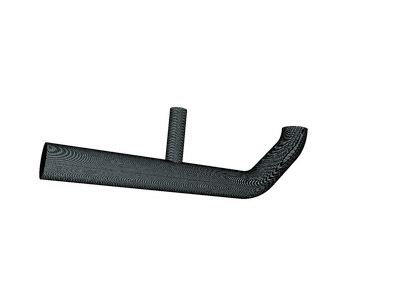
Fine mesh ( Fineness : 4-Fine)
The same type of analysis is performed for both the meshes (Fluid dynamics: Incompressible). Same boundary conditions and simulation controls are defined for both the meshes.

Simulation run : Coarse mesh

Simulation run : Fine mesh
The simulation results are post-processed (clip filter is used) to get the contour plot of the velocity flow field.
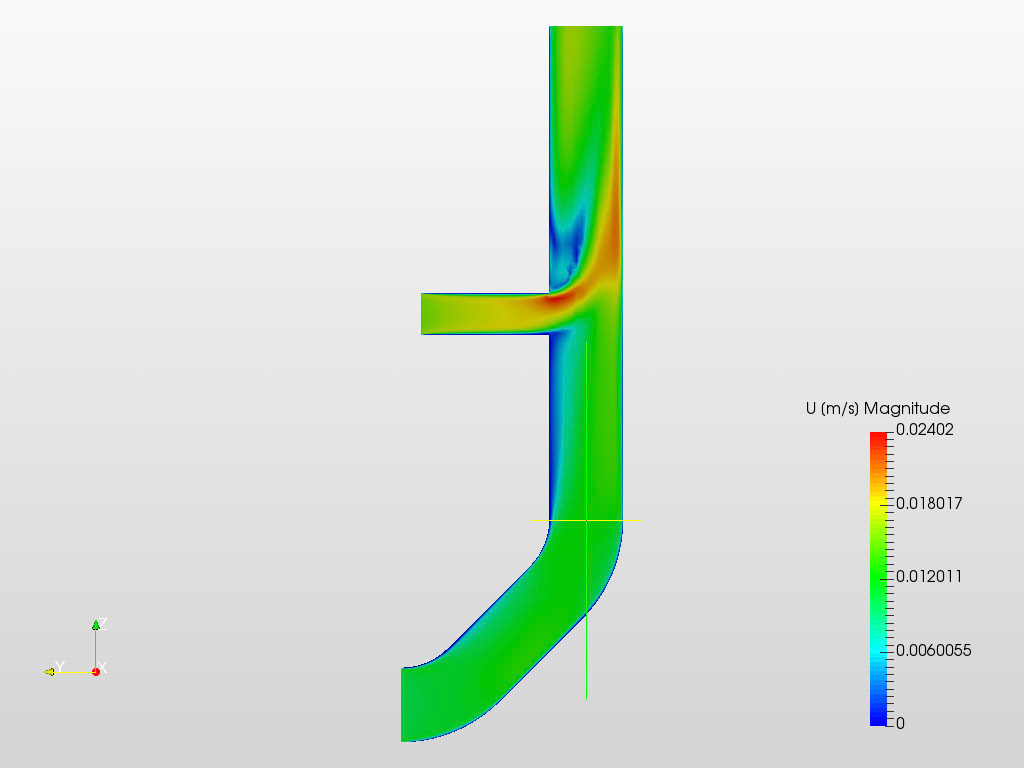
Post-processor screenshot for coarse mesh
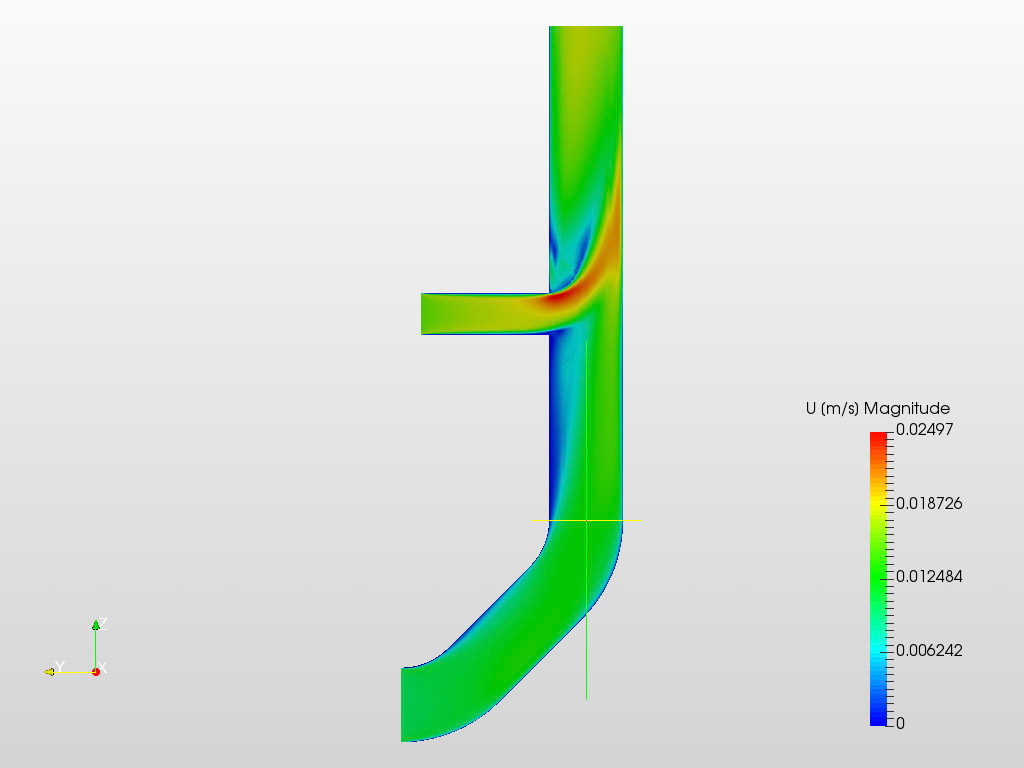
Post-processor screenshot for fine mesh
As revealed by the results the fines mesh captures specific physics (like flow separation and vorticities) more accurately. Isn't that expected?
